Cats are creatures of habit, and when their world is disrupted, they can become stressed and wary. Whether it’s a move to a new home, a visit to the vet, or an unexpected loud noise, events that frighten them can shake their trust in you. Rebuilding that trust requires patience, understanding, and a gentle approach. Let’s explore the steps you can take to mend your relationship with your feline friend.
Understanding the Cat’s Perspective

Cats perceive the world differently from humans. Their senses are highly attuned, and they can be startled by things that seem insignificant to us. A sudden change in their environment can feel like a threat, leading them to become defensive or withdrawn. To rebuild trust, it’s crucial to recognize these triggers and empathize with their feelings. Imagine yourself in their tiny paws; how would you feel if your world suddenly changed without warning? Understanding their perspective is the first step in reconnecting with them.
Creating a Safe Space

After a stressful event, your cat needs a sanctuary where they can feel secure. This space should be quiet, free from disturbances, and filled with familiar objects. A cozy blanket, their favorite toys, and a scratching post can provide comfort. Think of it as their personal retreat, where they can retreat and relax. By offering a safe haven, you’re showing them that their well-being is your priority, and this can go a long way in rebuilding trust.
Approaching Slowly and Gently
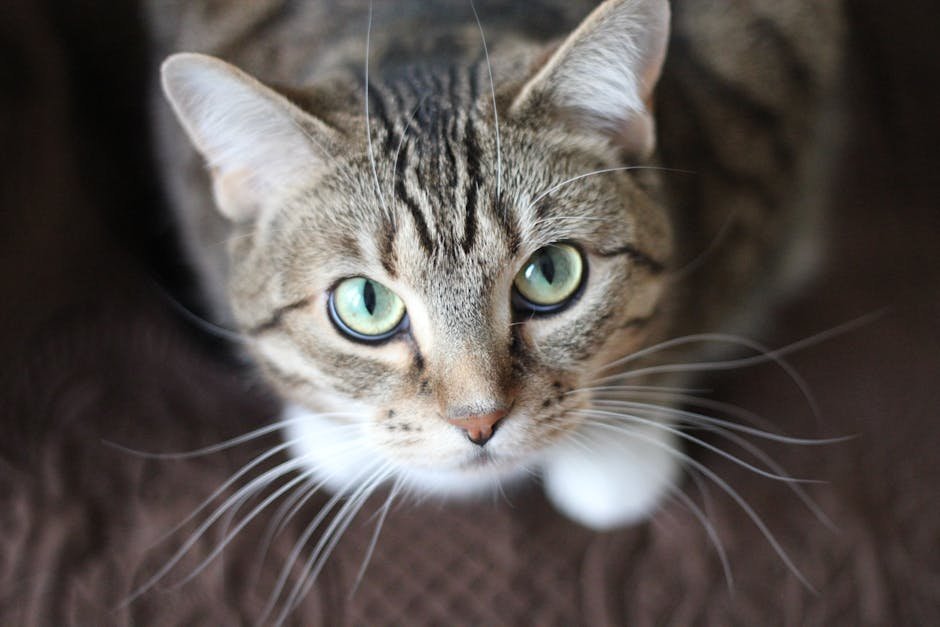
Cats are naturally cautious creatures, so it’s essential to approach them with care. Sudden movements or loud noises can exacerbate their anxiety. Move slowly and speak softly, allowing them to come to you when they’re ready. Imagine you’re meeting a shy friend for the first time; you’d be gentle and patient, right? The same principle applies to your cat. Give them the space they need to feel comfortable in your presence.
Using Positive Reinforcement
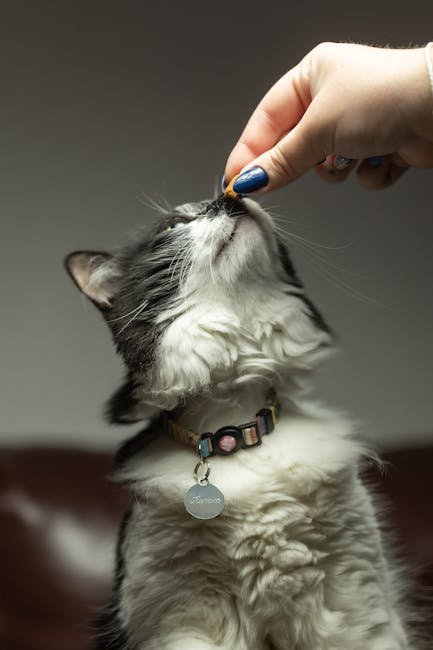
Positive reinforcement is a powerful tool in rebuilding trust with your cat. Reward them with treats, praise, or affection when they display calm behavior. This helps them associate you with positive experiences, rather than fear or anxiety. It’s like giving a child a gold star for good behavior; it encourages them to continue trusting you. Over time, these positive interactions can help reestablish a strong bond.
Understanding Body Language

Cats communicate primarily through body language, and understanding these cues is vital in rebuilding trust. Pay attention to their tail position, ear movements, and vocalizations. A twitching tail or flattened ears may indicate discomfort, while a purring cat is usually content. By recognizing these signals, you can respond appropriately and avoid actions that might increase their stress. Think of it as learning a new language; with practice, you’ll become fluent in feline communication.
Engaging in Interactive Play
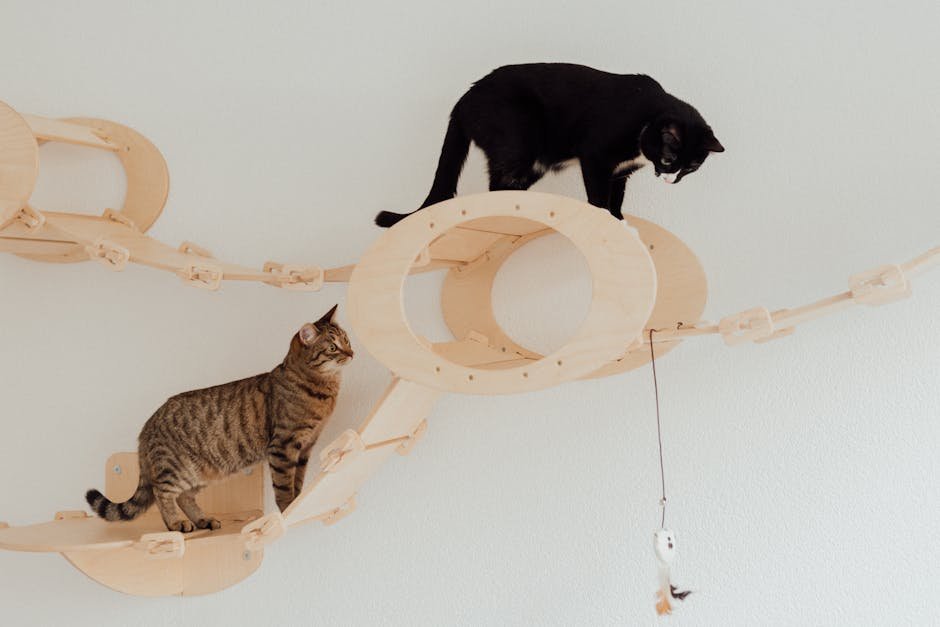
Playtime is an excellent way to rebuild trust and strengthen your bond with your cat. Engage them with toys that mimic prey, such as feather wands or laser pointers. This not only provides physical exercise but also stimulates their natural hunting instincts. Imagine playing a game of catch with a child; it’s fun and builds a connection. Similarly, interactive play with your cat can create positive associations and help them feel more comfortable around you.
Maintaining a Consistent Routine

Cats thrive on routine, and establishing a consistent schedule can help them feel secure. Feed them at the same times each day, provide regular play sessions, and maintain a stable environment. Consistency is like a comforting lullaby that reassures them everything is okay. By adhering to a routine, you’re showing your cat that their world is predictable and safe, which is crucial in rebuilding trust.
Offering Gentle Affection
While some cats are naturally affectionate, others may be more reserved. It’s essential to respect their individual preferences when offering affection. Gently pet them in areas they enjoy, such as under the chin or behind the ears, and avoid forcing physical contact. Imagine offering a hug to someone who isn’t a hugger; it might make them uncomfortable. By respecting your cat’s boundaries, you’re showing them that their comfort is your priority.
Using Calming Aids

In some cases, calming aids can help reduce a cat’s anxiety and facilitate the trust-building process. Products like pheromone diffusers or sprays can create a soothing environment, while natural supplements may alleviate stress. It’s like lighting a scented candle to create a relaxing atmosphere; it sets the mood for calmness. Consult with your veterinarian to determine the best options for your cat’s needs.
Encouraging Exploration

Encouraging your cat to explore their environment can boost their confidence and help rebuild trust. Provide them with new toys, climbing structures, or window perches to stimulate their curiosity. It’s akin to inviting a friend to explore a new city; it opens their world to new experiences. By fostering exploration, you’re helping your cat feel more in control of their surroundings, which can reduce anxiety and strengthen your bond.
Being Patient and Consistent

Rebuilding trust with a cat takes time and persistence. It’s essential to be patient and consistent in your efforts, even if progress seems slow. Remember that every cat is unique, and some may take longer to feel comfortable again. Think of it as nurturing a delicate plant; it requires care and attention to blossom. By remaining steadfast in your approach, you’ll eventually see positive results.
Avoiding Punishment

Punishing a cat for fearful behavior can damage the trust you’re trying to rebuild. Instead of correcting them, focus on understanding their triggers and addressing the root cause of their anxiety. Imagine scolding a scared child; it would only make them more frightened. By avoiding punishment, you’re showing your cat that they can trust you to be kind and compassionate.
Understanding Individual Differences
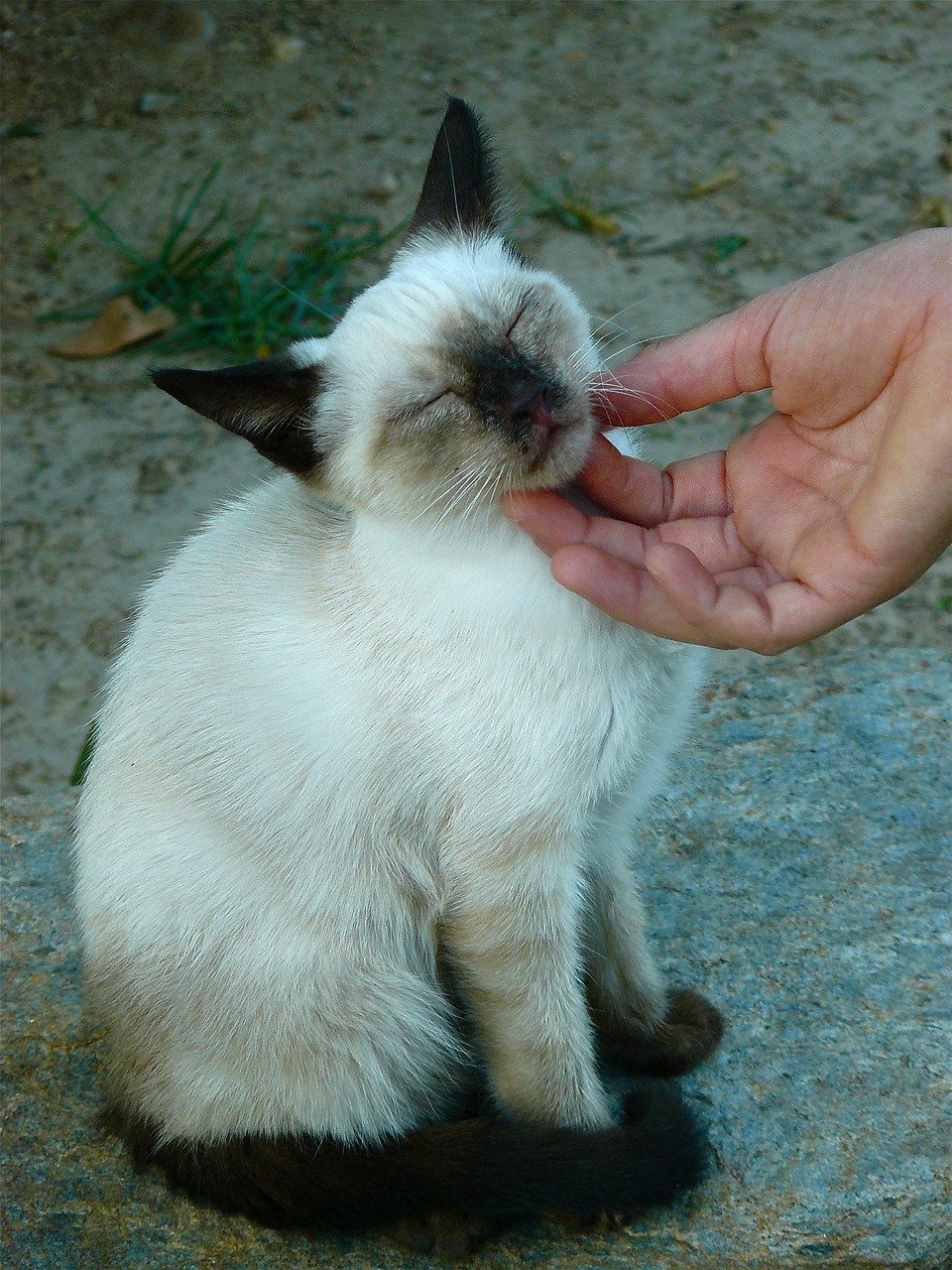
Every cat has a unique personality, and what works for one may not work for another. Some cats may be more resilient and bounce back quickly, while others may need more time and support. It’s essential to tailor your approach to suit your cat’s individual needs. Think of it as customizing a lesson plan for a student; it ensures they receive the best possible support. By understanding and respecting their differences, you’re fostering a stronger connection.
Building Trust Through Routine
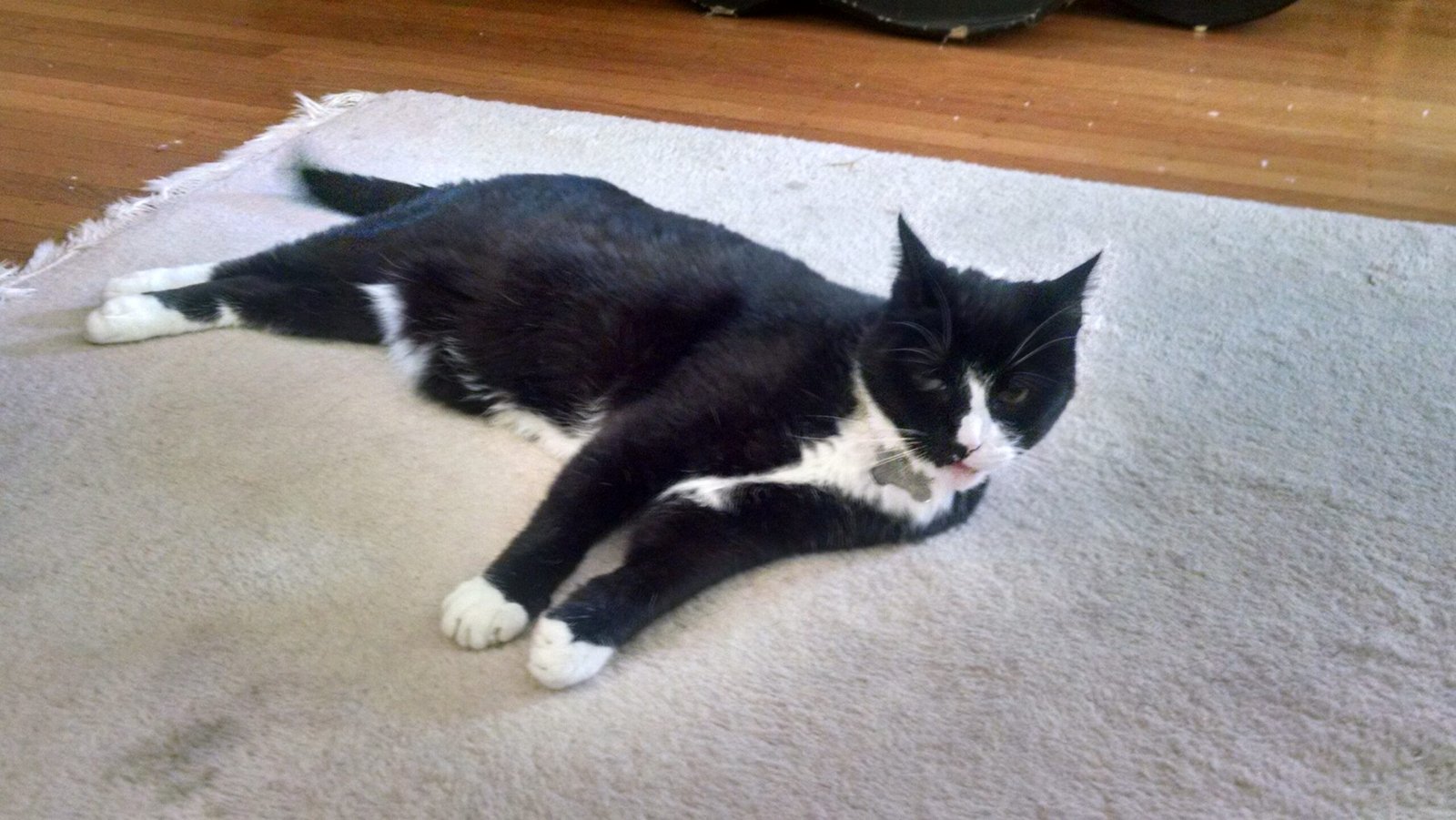
Incorporating trust-building activities into your daily routine can reinforce positive associations. Regular grooming sessions, quiet cuddle time, or gentle massages can help your cat feel more comfortable with you. It’s like sharing quality time with a loved one; it strengthens your relationship. By making trust-building a part of your routine, you’re creating lasting bonds with your feline friend.
Monitoring Progress

As you work to rebuild trust, it’s essential to monitor your cat’s progress and adjust your approach as needed. Keep an eye on their behavior, and be open to trying new strategies if necessary. It’s like evaluating a project’s success; it requires ongoing assessment and adaptability. By staying attuned to your cat’s needs, you’re ensuring a successful trust-rebuilding process.
Seeking Professional Help

If you’re struggling to rebuild trust with your cat, consider seeking professional help from a veterinarian or animal behaviorist. They can provide guidance and tailor solutions to your cat’s specific needs. It’s akin to consulting an expert when faced with a challenging problem; their expertise can lead to effective solutions. By enlisting professional support, you’re taking proactive steps to restore your relationship with your cat.
Celebrating Small Victories

As you work to rebuild trust, celebrate the small victories along the way. Whether it’s your cat approaching you for a pet or purring in your presence, these moments are signs of progress. It’s like cheering for a child who takes their first steps; it encourages them to keep going. By acknowledging and celebrating these achievements, you’re reinforcing positive behavior and strengthening your bond with your cat.
Maintaining a Calm Environment

A calm environment is vital for reducing stress and rebuilding trust with your cat. Minimize loud noises, sudden changes, or chaotic activities that may disrupt their peace. It’s like creating a serene oasis in a bustling city; it offers a reprieve from chaos. By maintaining a calm environment, you’re providing your cat with the stability they need to feel secure and rebuild trust.
The Journey to Rebuilding Trust

Rebuilding trust with your cat after a stressful event is a journey that requires time, patience, and understanding. By approaching the process with empathy and dedication, you can mend your bond and create a harmonious relationship. Remember that every cat is unique, and your efforts will be rewarded with love and companionship. Through gentle care and consistent support, you’ll find your way back to your feline friend’s heart.
Hi, I’m Bola, a passionate writer and creative strategist with a knack for crafting compelling content that educates, inspires, and connects. Over the years, I’ve honed my skills across various writing fields, including content creation, copywriting, online course development, and video scriptwriting.
When I’m not at my desk, you’ll find me exploring new ideas, reading books, or brainstorming creative ways to solve challenges. I believe that words have the power to transform, and I’m here to help you leverage that power for success.
Thanks for stopping by, Keep coming to this website to checkout new articles form me. You’d always love it!






